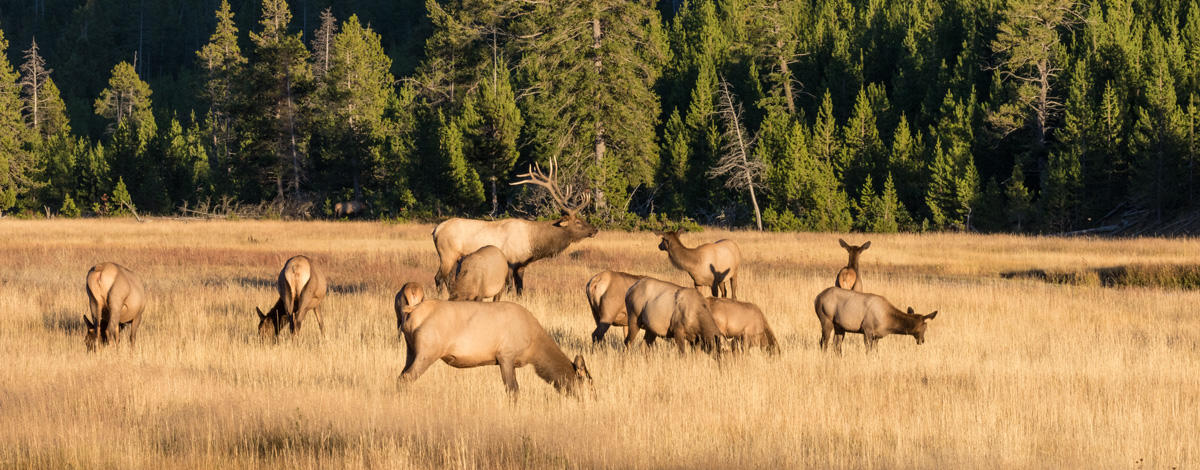
Officials with the U.S. Department of Agriculture are expanding into Idaho and Montana a program that offers financial incentives to ranchers and agriculture producers who voluntarily participate in conservation programs for migratory big game animals.
The department is expanding the migratory big game initiative pilot program from Wyoming into Idaho and Montana, according to a press release issued by the U.S. Department of Agriculture.
For 2024, the program includes about $21 million in federal funding to begin the expansion, according to the USDA press release.
The program is designed to offer private landowners funding for conservation of big game habitat in a way that allows them to keep their working lands productive, Lane Justus, the Idaho resource coordinator for the Western Landowners Alliance said in a telephone interview Friday.
What are the goals of the USDA’s big game program?
The program is geared toward large migratory hooved animals, such as elk, deer or pronghorn. Justus said that the number of large mammals such as elk and deer on working private lands is growing due to factors such as population growth and animals moving away from hunters and recreation users on nearby public lands. Justus said that comes at a cost to the landowner, such as elk competing with livestock for forage or luring additional predators to the land.
The USDA offers a variety of funding incentives to choose from based on the property and habitat needs. That could include funding for conservation easements, moving or repairing fences or grassland conservation.
“This program acknowledges the value those working lands are providing,” Justus said. “It is a way to combat some of that expense and support landowners so their land can stay intact, whole and healthy.”
Need to get in touch?
Have a news tip?
In Idaho, there will be $3 million in funding for perpetual conservation easements and nearly $4.4 million for restoration and enhancement practices through the Environmental Quality Incentives Program, according to the U.S. Department of Agriculture. The programs accept applications throughout the year and applicants who miss one year’s deadline will be forwarded into the following funding cycle. Information about state deadlines is available online.
“We’re pleased to announce the expansion of this initiative,” Bruce Sandoval, acting state conservationist for the Natural Resource Conservation Service, said in a written statement. “It will help create new and enhanced opportunities through USDA’s conservation programs to keep working lands working and give farmers, ranchers and forest landowners new opportunities to conserve wildlife and migration corridors.”
Agriculture producers, ranchers and other property owners may apply to participate in the program through a local USDA service center, such as the Caldwell Service Center, 2208 E. Chicago St., in Caldwell. More information about the program and how to apply is available online.
SUPPORT NEWS YOU TRUST.
